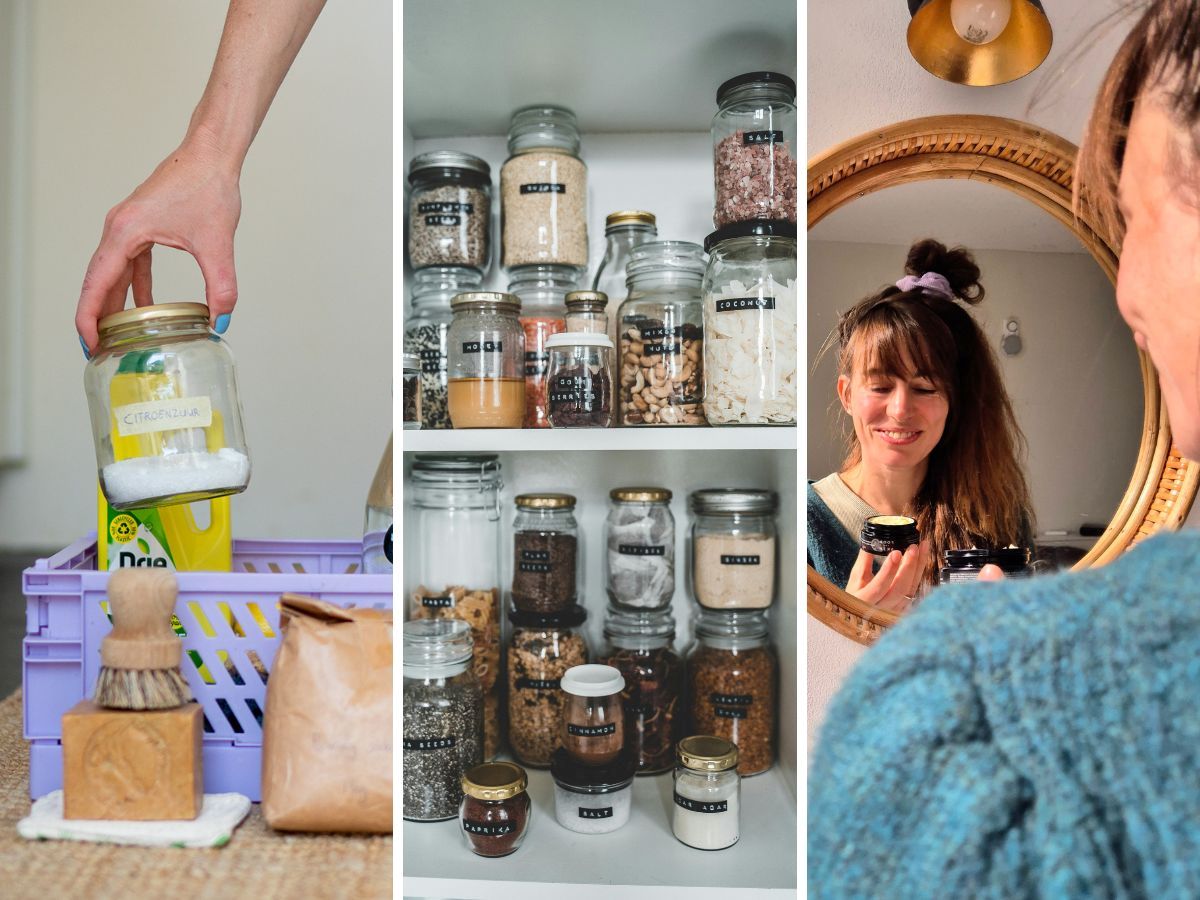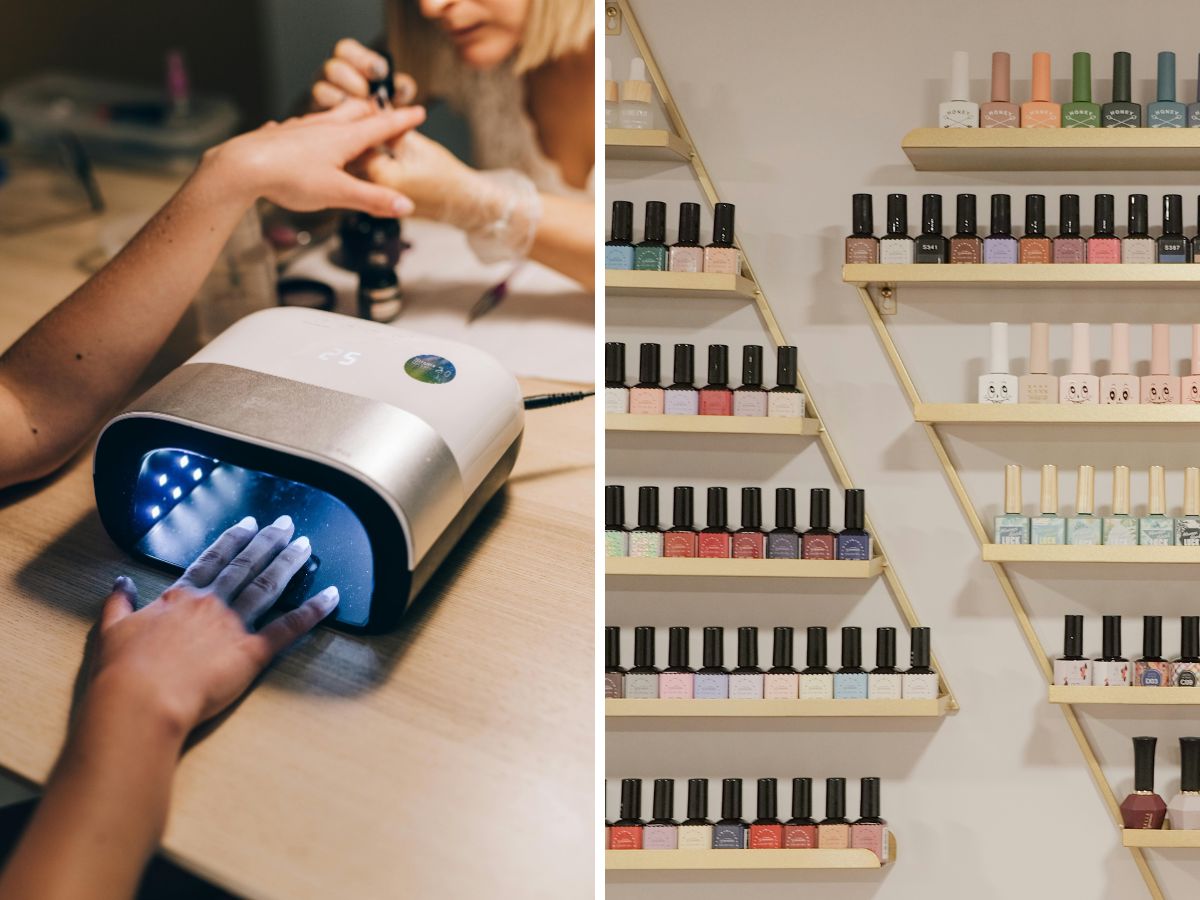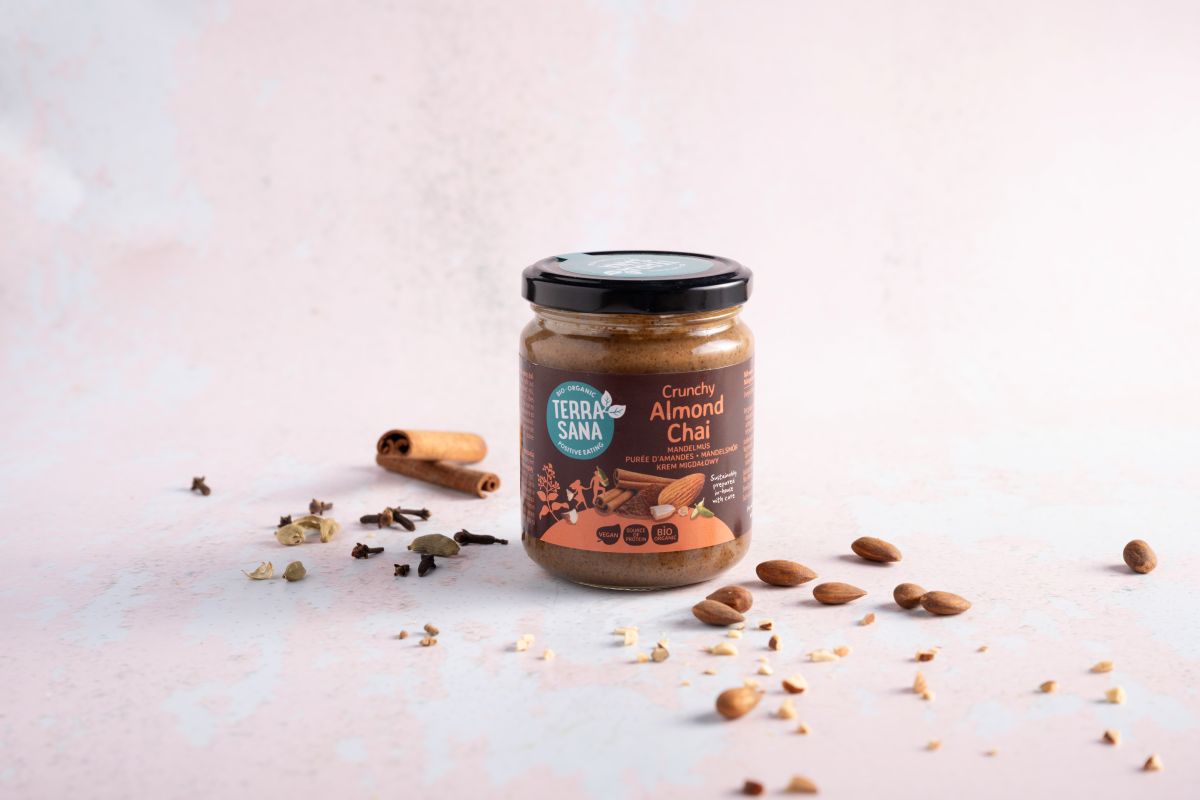Microplastics are everywhere. Really everywhere. In the sea, in the air, in animals... and yes, even on your plate and even in you. And that is quite worrying. Because although we are far from knowing everything yet, more and more studies are pointing to possible risks to our health. So we asked ourselves: in which everyday products do you encounter microplastics without realising it? The answer: in a lot more than you think. We list ten products that either contain a striking amount of microplastics or that we simply did not expect. Conclusion: a life without microplastics is impossible, but you may be able to limit your intake by paying attention to these things.
What are microplastics anyway?
Microplastics are tiny plastic particles, smaller than five millimetres. Often so minuscule that you cannot see them with the naked eye. You have two types. Primary microplastics are deliberately added to products, such as creams and make-up, to ensure a fine texture, longer shelf life or a water-repellent effect. Then you have secondary microplastics: these are created as larger pieces of plastic slowly disintegrate. For example, when you wash synthetic clothes, or when plastic packaging weathers over time in nature.
By the way, the biggest spreaders of microplastics are not your toothpaste or your shampoo, but microplastics created by car tyres and in fisheries. Car tyres wear down a little every trip, leaving microplastics on the road, which end up in nature via rainwater. At sea, too, nets, ropes and other fishing gear cause considerable (micro)plastic pollution. In short: microplastics are everywhere. You cannot avoid them - we wish - but you can make more conscious choices in the products you use. And so you do have a little bit of influence.
What are the consequences of all these microplastics?
Microplastics have now been found everywhere: in animals, in plants, in our bodies and even in unborn babies. Whew. They accumulate because they don't break down. What exactly this means for our health, we do not yet know. But there are worrying signs. Researchers suspect that microplastics can disrupt our immune system, cause inflammation and affect our hormone balance. So no firm conclusions, but enough reason to take a closer look at your plastic use.
Fewer microplastics please: tips!
Avoiding plastic does not always work. But you can influence some things. Therefore: ten products that contain a striking amount of microplastics and what you can do to limit them.
1. Tea bags
Fancy a cup of tea? Then check the bag. Some tea bags, especially those made of nylon or plastic-reinforced paper, can release billions (!) of microplastics into your cup at high temperatures. Loose tea or tea in paper bags without microplastics (these also exist pre-packaged) are then a better choice.
2. Rice
Rice is an unexpected source of plastic. Research shows that with one serving of plain rice, you already ingest three to four milligrams of microplastics. Quick-cooked rice? That scores even higher, with sometimes up to 13 milligrams per serving. This is pre-cooked rice that you only have to reheat at home. Convenient? Absolutely! But all the processing also makes it more susceptible to plastic contamination. Fortunately, washing your rice properly before cooking already helps a little to reduce microplastics.
3. Salt (especially Himalayan salt)
You would think that salt is pure nature, but unfortunately: many salt types contain microplastics. Himalayan salt in particular comes out strikingly high in tests, possibly due to pollution during extraction and packaging. So eat less salt, but that's a good idea for health reasons anyway.
4. Shellfish and fish
Shellfish such as mussels and shrimps filter water (and thus the microplastics floating around in it). These enter your body directly when you eat them. Microplastics are also often found in fish in the gastrointestinal tract. Tip: choose fillets more often instead of whole fish with guts, and alternate with vegetable protein sources. Large predatory fish often contain more microplastics than smaller species, so small(er) is usually better in relation to fewer microplastics.
5. Mineral water from plastic bottles
Mineral water may seem like a clean choice, but research shows that water from a plastic bottle contains more microplastics on average than tap water. Particles are mainly released by the friction of the cap against the bottle when opening and closing. Some studies even found more than a hundred thousand plastic particles per litre, most of them so small you cannot see them with the naked eye.
6. Synthetic clothing
Every time you wash synthetic clothes (such as fleece or polyester), you release millions of microfibres into nature. You may get those in too, but you wash most of it away with the washing water. And that is a big problem. Just one five-kilogram wash can release around nine million fibres. Sodeju! We previously wrote a separate article on microplastics in synthetic clothing. Tip: Buy fewer clothes made of synthetic materials that fluff easily, wash less often (especially if it is not really necessary), and use a special laundry bag or filter in your washing machine so that fewer microplastics end up in nature. You can also pay attention to the material of your shoe soles. Turns out it is also a microplastics disperser.
7. Cosmetics and personal care products
Some creams, foundations, make-up and even toothpastes contain microplastics as binders, texture enhancers or to give a smooth finish. You don't see them, but you can therefore ingest them. And when you wash them, they wash down the drain and eventually into nature. The tip is simple: buy skincare with good eco-friendly labels such as EU Ecolabel, Cosmos, Demeter, Nordic Swan Ecolabel, Natural Cosmetics Standard and NaTrue.
8. Cleaning agents and tools
Synthetic scouring pads, wipes and some cleaning products contain or disperse microplastics when used. Especially with abrasion or scrubbing, these particles are released. You will like this tip: clean less (violently) and use sponges and wipes made of natural materials. Great eco-friendly cleaning products are baking soda (check out our cleaning tips), natural vinegar (We have cleaning tips for this too) and citric acid (We also know how to deal with this).
9. Plastic storage boxes and cling film
Plastic containers seem convenient, but when heated or used for a long time, they give off microplastics to your food. Microwave + plastic = not a good combination. Rather, store and heat your leftovers in glass or stainless steel. This is also a good choice, because plastic can additionally contain plasticisers.
10. Ready-made meals and processed snacks
The more processed a product is, the more likely it is to contain microplastics. During cutting, packaging and transportation, particles can come along or even form. Another reason to cook your own food more often.
Fewer microplastics
A life without microplastics? That's not in the cards for now. But you may be able to reduce your intake of microplastics. By paying attention to what you buy, how you wash and what you eat. It's often in small habits. And remember: the biggest culprits are outside your control. But that is precisely why it is good to know where you can do something.
Sources: Plastic Soup Foundation, RIVM, Voedingscentrum, Milieu Centraal, Greenpeace, Pubmed, The University of Queensland, Researchgate, Science Direct, Columbia University, Science Direct, The Washington Post, ACS Publications, Science Direct.












